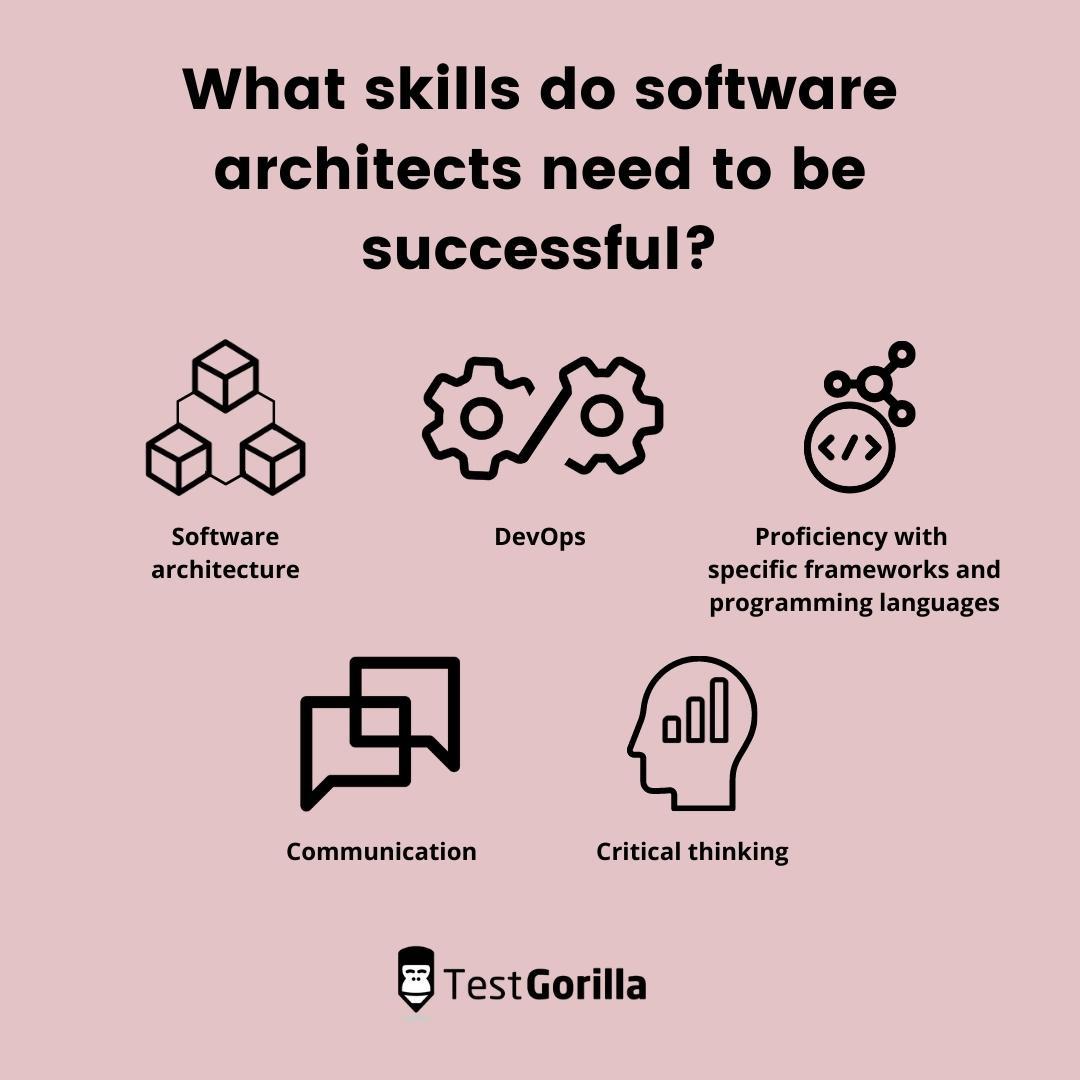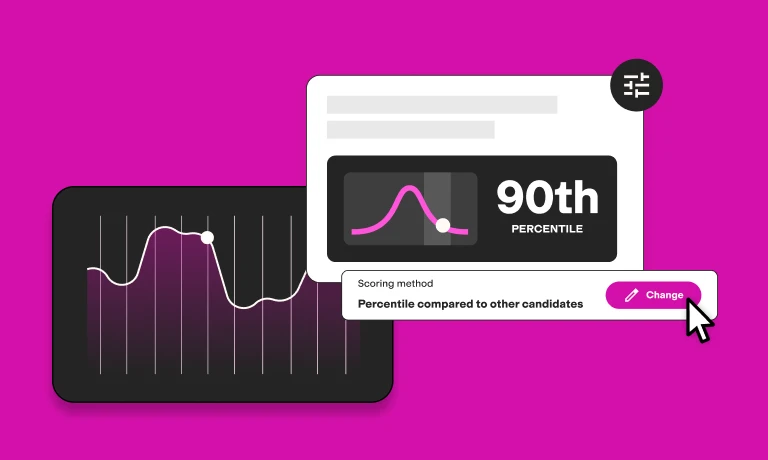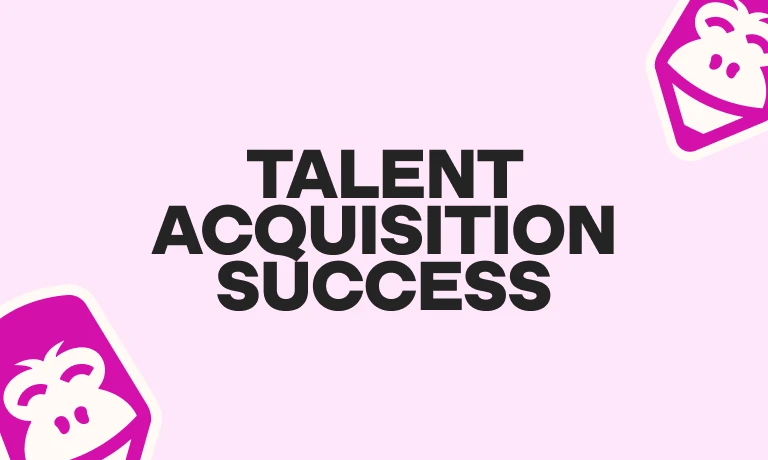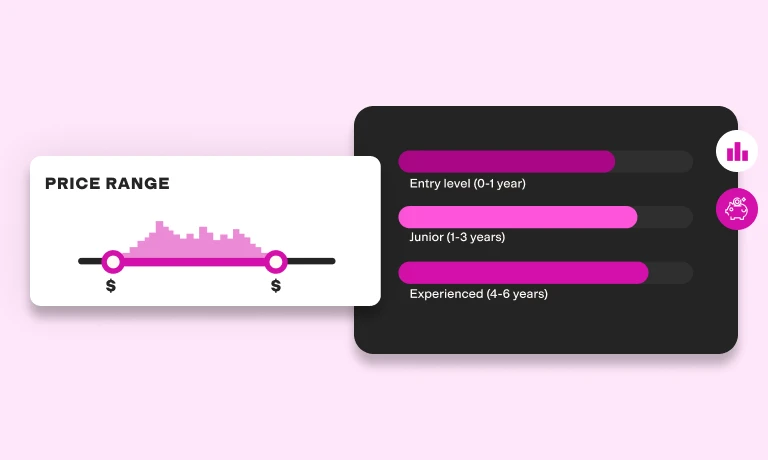Making the right decision when hiring a software architect is crucial for the success of your software development team and can make or break your final product.
But how can you ensure you choose the best candidate? What are the key responsibilities of a software architect that you need to include in your job description?
What are the main skills you should assess, and how can you accurately evaluate them? How can you make sure your applicants have the right software architecture skills?
In this article, we’ll give you the answers to all these questions – and more.
We’ll look into the role of a software architect and the skills they need to be successful. In addition, we’ll share with you our step-by-step guide on hiring one for your team.
What does a software architect do?
A software architect has a strategic role that facilitates the development of software applications. It lies at the intersection of software design, development, quality assurance, and project management.
Software architects are sometimes also referred to as applications architects, technical architects, solutions architects, or enterprise architects. They often work closely with information architects and user experience (UX) and user interface (UI) engineers.The core responsibilities of the role are the same, although tasks will vary from company to company.
In their day-to-day work, software architects need to:
Communicate with clients, product and project managers, and developers to decide on the software architecture of the product in development
Make important choices related to software design and development
Define the right technical standards for the product being developed, including coding standards, languages, platforms, and software tools
Review the code regularly to ensure that it meets the requirements for quality and functionality
Work closely with the dev team to guide them toward achieving the goals of the project and coach and mentor them as needed
To achieve this, software architects need a number of essential technical and soft skills, which we’ll look into in the next section.
What skills do software architects need to be successful?
Software architects need to have a broad range of technical skills related to standards, best practices, and software development. They also require soft skills that enable them to communicate efficiently with their peers, guide teams, and facilitate everyone’s work.
When hiring a software architect for your team, you need to ensure that they have the critical skills for the role and any other skills that are important to your project and opening.
Let’s look at the top five skills that software architects need and how you can evaluate these skills efficiently:
1. Software architecture
Obviously, the most important skill for the role is knowledge of software architecture principles and implementation.
Software architects must be capable of analyzing the requirements of a given project and making informed decisions on the application’s architecture and design.
You can test candidates’ software architecture knowledge and skills with a Software Architect test by TestGorilla.
2. DevOps
If you’re using DevOps in your organization, your next software architect needs to be familiar with it and have sufficient knowledge of its key principles. Vital subskills include:
An understanding of key programming principles, ideas, paradigms, and concepts
Linux OS administration and troubleshooting skills
The ability to improve IT infrastructure and design using cloud computing
The capacity to implement DevOps best practices in their work and the work of their team
You can assess candidates’ DevOps knowledge with a DevOps test or with the right DevOps interview questions during the interview phase of the hiring process.
3. Proficiency with specific frameworks and programming languages
The frameworks and programming languages used will vary depending on the project and the organization. Therefore, you must ensure that your next software architect is familiar with the most important tools, platforms, and processes you’re using (and willing to learn others).
The best way to assess candidates’ proficiency with specific programming languages, frameworks, and development tools is to use dedicated skills tests such as TestGorilla’s:
Kubernetes test
Terraform test
REST API test
C# (Coding): Data Structures test
Git test
Python (Coding) Data Structures & Objects test
Flask test
For a full list of technical and non-technical tests you can use, check out our test selection for software architects. You can combine up to five tests in a single assessment to evaluate applicants’ qualifications in detail and compare candidates easily.
4. Communication
Software architects must be in touch with different stakeholders and translate the project’s requirements into design decisions, guidelines, and tasks. To do this, they must be expert communicators to help their teams move in the right direction and lead them to success.
You should assess applicants’ communication skills throughout the hiring process, from its entry point (application) until its end (hiring), and particularly during interviews.
In addition, you can use a Communication test to further evaluate your applicants’ ability to communicate with team members, managers, and clients.
5. Critical thinking
In their day-to-day jobs, software architects often need to overcome obstacles and find solutions to different problems, technical and non-technical alike. This means they need to be excellent critical thinkers and be able to look at problems from different angles using inductive and deductive reasoning.
One of the best ways to assess critical-thinking skills is to use TestGorilla’s Critical Thinking test.
The best insights on HR and recruitment, delivered to your inbox.
Biweekly updates. No spam. Unsubscribe any time.
How can you hire a top software architect? A step-by-step guide
So, how can you reliably assess software architects’ skills and competencies to make the right choice?
In this section, we’ll give you a step-by-step guide to hiring a highly skilled software architect for your organization as efficiently as possible in terms of costs, time, and effort.
Here’s how to hire a top software architect for your team:
1. Write a detailed job description and post a job ad on relevant job boards
First, you need to write a detailed software architect job description. You can ask a team manager for help during this process.”
It should include all essential elements of the job, such as key responsibilities, necessary skills, expected education or certifications, and details about the project. Then, using this information, you can prepare a compelling job ad to post on LinkedIn, your website, and relevant job boards.
2. Decide on the most important skills to test
Based on the job description, decide on the most important skills you’d like to assess during the hiring process. Concentrate on skills that candidates must have for the role rather than those that are nice to have but not crucial.
3. Build a skills assessment
Once you have a list of the most important skills you’d like to assess, you need to build a skills assessment to evaluate applicants thoroughly. Head on over to TestGorilla’s test library to see all of our available tests, and pick up to five that you want to use in your assessment.
4. Invite applicants to complete the skills assessment
Next, send all applicants an invitation to complete the skills assessment you’ve prepared; this can completely replace the process of screening CVs.
When sending out your invitation, make sure you provide candidates with sufficient information on the assessment and your hiring process so that they know what to expect from both. This helps improve engagement with your talent pool and build a strong employer brand.
5. Analyze results and identify top talent
Once the results are in, examine the data and start analyzing it. You can look into overall scores, check individual applicants’ test results, and compare candidates, enabling you to identify top performers confidently.
6. Invite your best candidates to an interview
After you’ve identified your top candidates, it’s time to invite them to an interview to get a deeper understanding of their skills. Interviews can be in person or online. Prepare questions specific to the role. For instance, if you need a Linux kernel developer, ask Linux kernel interview questions.
For the best results, we recommend conducting structured interviews, which help enable you to assess candidates reliably, compare results easily, and eliminate bias. This is a strategy that top tech companies use, including Google.
7. Make a hiring decision and extend an offer
With all the data you’ve collected, making the right hiring decision will be easy – you simply need to look at the test scores and interview results and see who your best candidate is. Contact them to define contract conditions and a start date and extend a formal offer.
8. Inform unsuccessful candidates
Many businesses still skip this step, but it’s vital for your employer brand. In fact, a lack of response is the leading cause of a negative candidate experience.
Since 60% of applicants say they never hear back from companies after an interview, letting candidates know your decision is an easy way to stand out.
9. Onboard your new employee
The hiring process ends with onboarding.
Although hiring managers aren’t usually responsible for onboarding, they can help tailor the onboarding process to the specific needs of the new hire, thanks to all the information they collected during recruitment. This helps the new employee become efficient and start contributing to the team faster.
Hire the best software architect by using the right hiring tools
Hiring a software architect is already difficult because of talent shortages – so don’t make it even more complicated for yourself and your business with a lengthy and inefficient hiring process.
Instead, use skills tests and structured interviews to accurately assess your candidates’ qualities and expertise and make the right hiring decision in much less time.
Use a Software Architect test as a part of your assessment to hire the best candidate for the role and help your team expand and achieve its goals.
Sign up for TestGorilla to get access to the Software Architect test and hundreds of other expert-developed pre-employment tests.
Related posts
You've scrolled this far
Why not try TestGorilla for free, and see what happens when you put skills first.



















